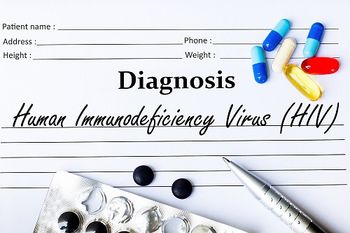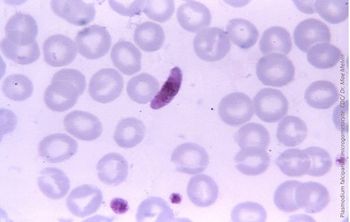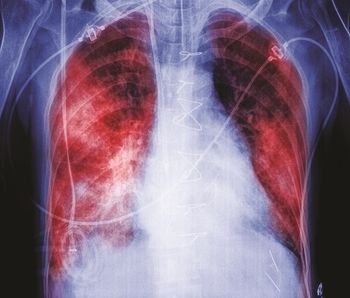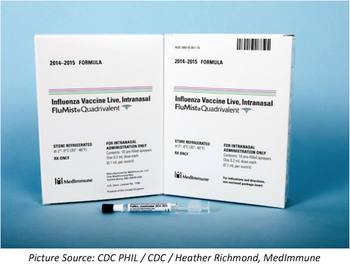
The results of a new study show that prescribing 1 antibiotic to treat community-acquired pneumonia in children may be as effective as the usual 2-antibiotic treatment, in most cases.

The results of a new study show that prescribing 1 antibiotic to treat community-acquired pneumonia in children may be as effective as the usual 2-antibiotic treatment, in most cases.

Updated guidance from the CDC on Zika, candidemia infections in patients with C. difficile infections, and more topics made up our Top 5 articles for the month of October 2017.

Dolutegravir seemed to be a promising maintenance monotherapy for people living with HIV, but the development of resistance mutations in testing strikes it from the list.

A viral hemorrhagic fever is currently plaguing Uganda. We break down the current situation.

A new study has shown that women with schistosomiasis are at greater risk for HIV infection.

Researchers from The Scripps Research Institute have discovered why egg-based influenza vaccines offer a lower level of protection against H3N2 viruses.

What is pharma doing about the impending antibiotic resistance “apocalypse?”

Part 3 of our series looks at

Three antimicrobial susceptibility tests have been cleared by the FDA concurrently with the launch of a new antibiotic Baxdela, to help guide its use.

At this year’s annual CHEST meeting, Theravance Biopharma investigators report positive new data pertaining to VIBATIV gleaned from the TOUR study.

Tuberculosis (TB) remains the #1 infectious killer, worldwide, surpassing HIV / AIDS, according to the latest global TB report from the World Health Organization.

Another prong in the battle against resistant Gram-negative infections is the addition of beta-lactamase inhibitors to restore or improve the activity of older carbapenems.

The plague outbreak in Madagascar appears to be winding down, but will a centuries-old ritual reverse the progress?

Investigators in China have found that the presence of the MCR-1 gene has increased in humans over a period of 5 years.

Antimicrobial-resistant organisms, particularly Gram-negative bacteria, present a critical threat and a substantial burden.

C. difficile prevention is usually thought of in terms of environmental disinfection and health care worker hand hygiene; what about the patient's role?

In case you missed them, we've compiled the top 5 articles from this past week.

After 1 week of treatment, heavily treatment-experienced (HTE) patients who received fotemsavir, added to a failing regimen, had a greater reduction in viral load than patients on placebo.

The CDC’s ACIP recommends newly FDA-approved Shingrix as the preferred vaccine for the prevention of shingles in individuals 50 years of age or older.

Almost 430,000 individuals succumbed to malaria infection in 2015.

In a new study, investigators examine the advantages and drawbacks of using metagenomic next-generation sequencing (mNGS) for the identification of pathogens.

A proven marker of host response to bacterial infection may help providers avoid contributing to the rise of antibiotic resistance.

One doctor in Bangladesh has created a low-cost continuous positive airway pressure device out of an empty shampoo bottle; a study finds that the device cut pneumonia mortality rates by 75%.

Biopharmaceutical company Achaogen submitted a New Drug Application for plazomicin for the treatment of complicated urinary tract infections and bloodstream infections.

New research is drawing attention to the underlying risk of spreading infectious diseases when participating in organized athletic activities.

The pivotal phase 3 AMBER study regarding the safety and efficacy of the investigational darunavir-based single tablet HIV regimen has achieved its primary endpoint.

As health officials continue to recommend the injectable influenza vaccine to prevent illness this season, a new study examines whether vaccination rates changed after the CDC stopped recommending the nasal spray vaccine

Research on emerging infectious diseases continues to grow; however, some practitioners feel that a focus on knowledge acquisition has overshadowed the distribution of that knowledge to the frontline providers who need it most.

According to recent data from the Centers for Disease Control and Prevention, millions of Americans aged 13-17 are under-vaccinated against serious infectious diseases.

More information continues to be revealed about the Zika virus as research on a vaccine continues to advance as well.